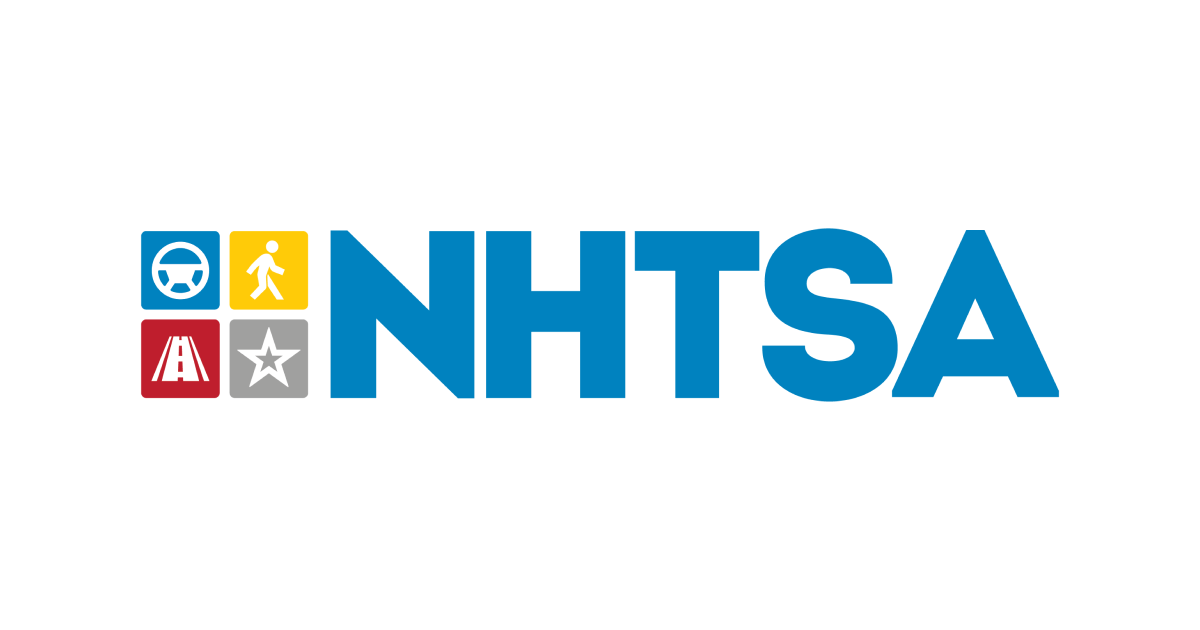Regulations.gov - https://www.regulations.gov/document/NHTSA-2012-0035-0002
US SPECS submitted information with its petition intended to demonstrate that non-U.S. certified 1999 to 2006 Toyota Land Cruiser IFS 100 Series MPVs manufactured prior to September 1, 2006 as originally manufactured, conform to many FMVSS in the same manner as their U.S. certified counterparts, or are capable of being readily altered to conform to those standards.
Specifically, the petitioner claims that non-U.S. certified 1999 to 2006 Toyota Land Cruiser IFS 100 Series MPVs manufactured prior to September 1, 2006 are identical to their U.S. certified counterparts with respect to compliance with Standard Nos. 102 Transmission Shift Lever Sequence, Starter Interlock, and Transmission Braking Effect, 103 Windshield Defrosting and Defogging Systems, 104 Windshield Wiping and Washing Systems, 105 Hydraulic and Electric Brake Systems, 106 Brake 109 New Pneumatic Tires, 113 Hood Latch System, 116 Motor Vehicle Brake Fluids, 124 Accelerator Control Systems, 135 Light Vehicle Brake Systems, 202 Head Restraints, 204 Steering Control Rearward Displacement, 205 Glazing Materials, 207 Seating Systems, 210 Seat Belt Assembly Anchorages, 212 Windshield Mounting, 216 Roof Crush Resistance, 219 Windshield Zone Intrusion, and 302 Flammability of Interior Materials.
The petitioner also contends that the vehicles are capable of being readily altered to meet the following standards, in the manner indicated:
Standard No. 101 Controls and Displays: (a) Inscription of the word “brake” on the brake telltale in place of the international ECE warning symbol; and (b) replacement of the speedometer with a unit reading in miles per hour, or modification of the existing speedometer so that it reads in miles per hour.
Standard No. 108 Lamps, Reflective Devices and Associated Equipment: installation of the following components on vehicles that are not already so equipped: (a) U.S.-model front side marker lamps; (b) U.S.-model headlamps; (c) U.S.-model tail lamps that incorporate rear side marker lights; (d) U.S.-model high-mounted stop lamp; and (e) front and rear side reflex reflectors.
Standard No. 110 Tire Selection and Rims: installation of a tire information placard on vehicles that are not already so equipped.
Standard No. 111 Rearview Mirrors: installation of a U.S.-model passenger side rearview mirror, or inscription of the required warning statement on the face of the existing mirror.
Standard No. 114 Theft Protection: installation of a supplemental key warning buzzer, or reprogramming of the starting system to meet the requirements of this standard.
Standard No. 118 Power-Operated Window, Partition, and Roof Panel Systems: reprogramming or rewiring of the power operated window system to meet the requirements of this standard.
Standard No. 201 Occupant Protection in Interior Impact: inspection of each vehicle and replacement of non U.S.-model upper interior components with U.S.-model components to meet the requirements of this standard on vehicles not already so equipped.
Standard No. 206 Door Locks and Door Retention Components: inspection of each vehicle and replacement of non U.S.-model door lock components with U.S.-model components on vehicles that are not already so equipped.
Standard No. 208 Occupant Crash Protection: inspection of each vehicle and (a) installation of a seat belt warning lamp and buzzer on vehicles that are not already so equipped; and (b) replacement of any non U.S.- model air bags, air bag control units, sensors, seat belts, and knee bolsters on vehicles that are not already so equipped. The petitioner states that the vehicles are equipped with an automatic restraint system that consists of dual front air bags and knee bolsters. In addition, the vehicles have combination lap and shoulder belts at the outboard front and rear seating positions that are self-tensioning and capable of being released by means of a single red push button.
Standard No. 209 Seat Belt Assemblies: inspection of each vehicle and replacement of any non U.S.-certified model seat belts with U.S.-model components.
Standard No. 214 Side Impact Protection: inspection of each vehicle and installation of door reinforcements to meet the requirements of the standard on vehicles that are not already so equipped.
Standard No. 225 Child Restraint Anchorage Systems: inspection of each vehicle and installation of U.S.-model child restraint anchorage system components on vehicles not already no so equipped.
Standard No. 301 Fuel System Integrity: inspection of each vehicle and replacement of any non U.S.-model fuel system components with U.S.-model components on vehicles not already so equipped.

 www.flickr.com
www.flickr.com







